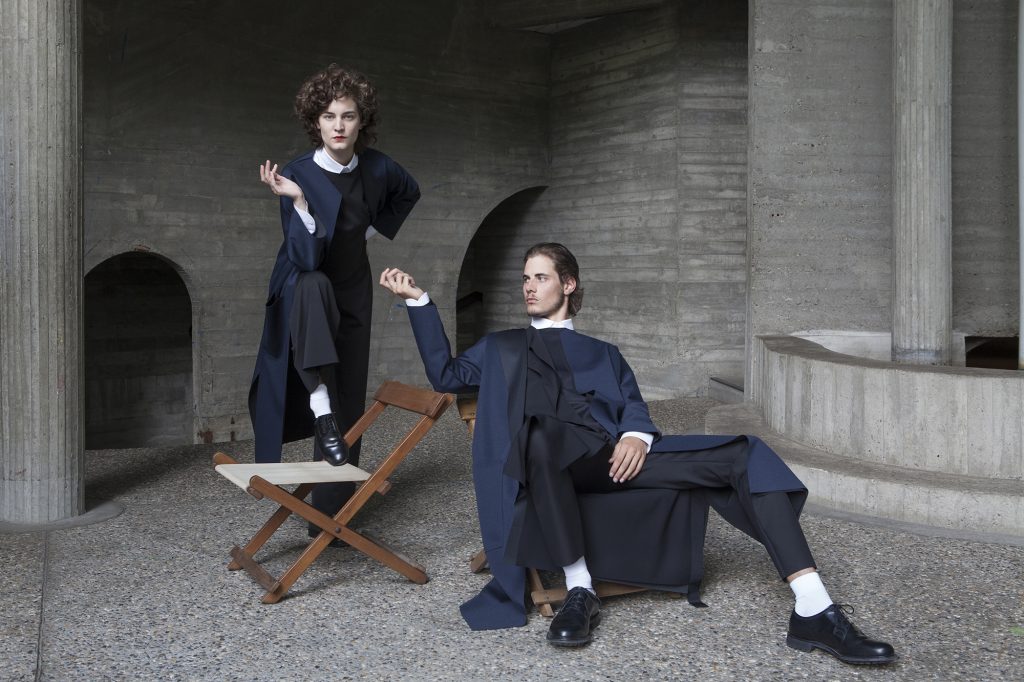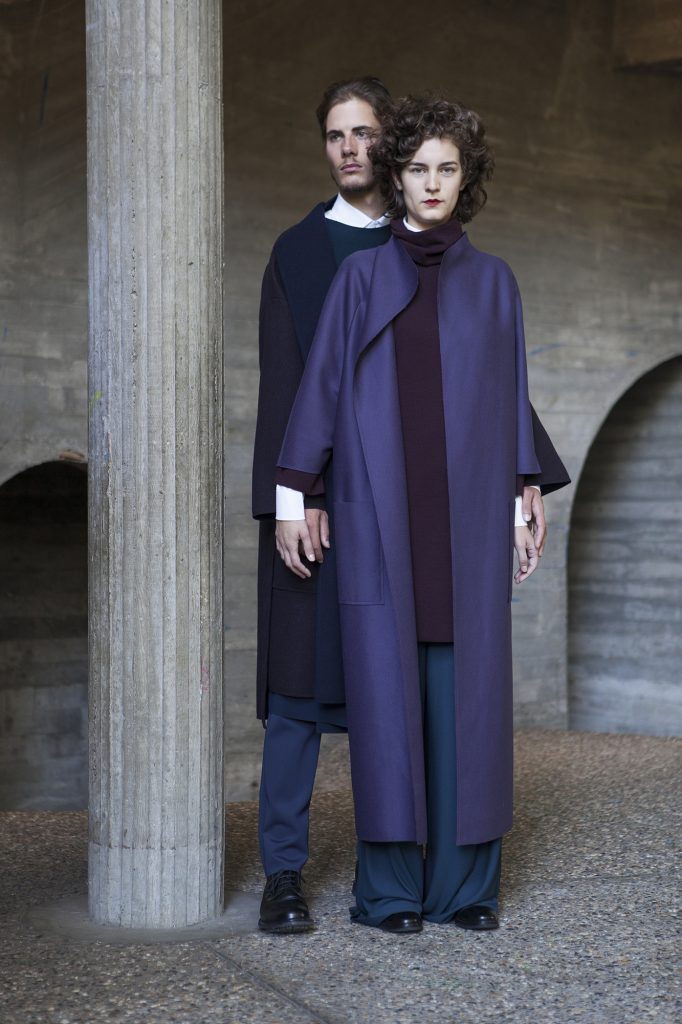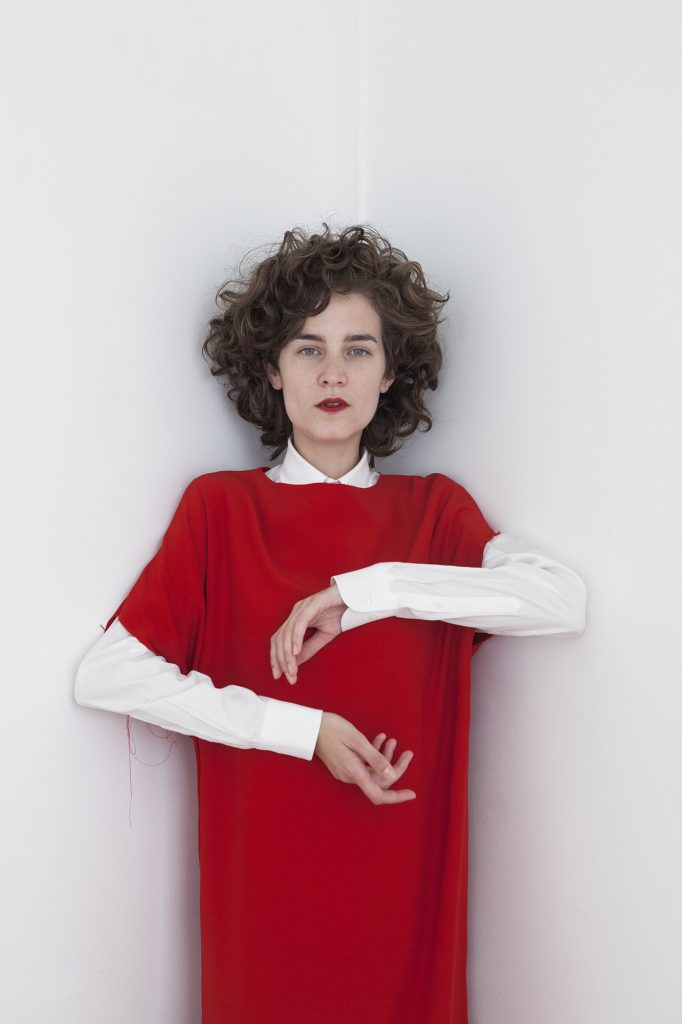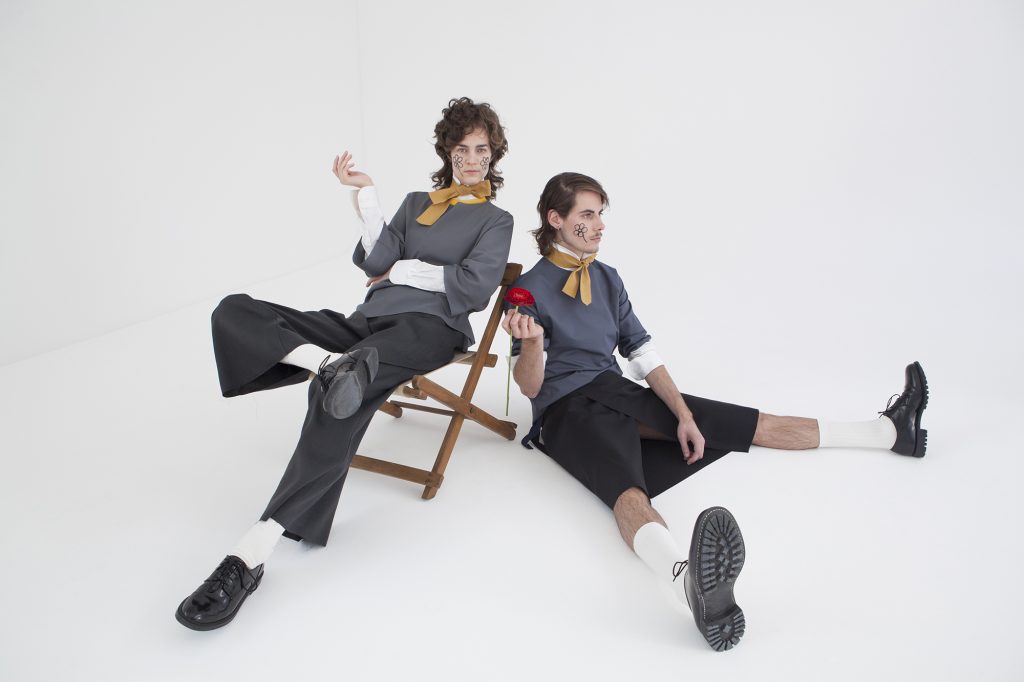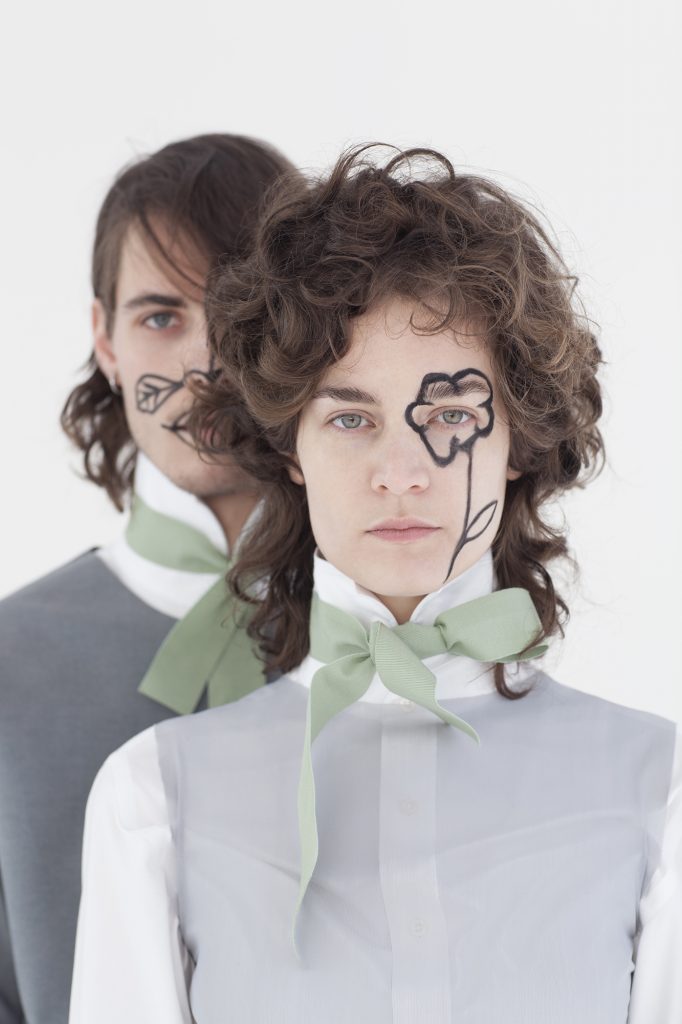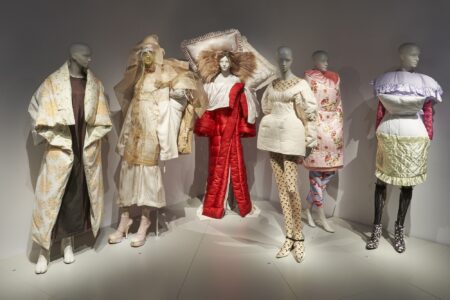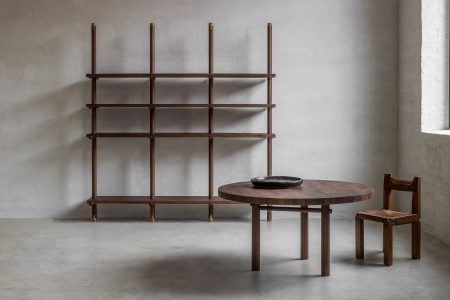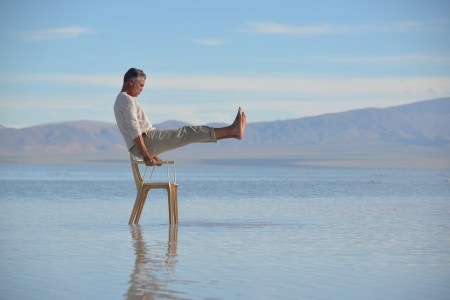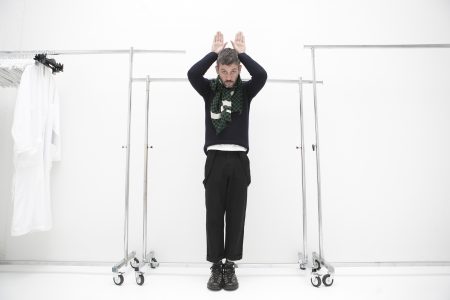IREENE A beautiful intention
TLmag meets with Marie Soufflet, a designer who is truly in tune with the times we live in.
A distinguished space, neither truly masculine nor particularly feminine. Sober lines, natural stone floors, graphic lighting and everything in curves. The workshop and showroom of designer Marie Soufflet certainly give away her past in interior design, but so do the clothes hanging on the racks. TLmag meets with the designer who is truly in tune with the times we live in.
TLmag: Fashion wasn’t really your first occupation. Tell us about your journey here…
Marie Soufflet: I had worked as an interior designer for 17 years, and I wanted to move towards fashion, a domain that, in my younger days, had put me off a bit. After two years at la Cambre, I had felt that the environment didn’t really suit me. I could not fit into its system: ephemeral fashion, directed by the pace of the Fashion Weeks, which inevitably pushes towards overconsumption. Three years ago, when a friend with a boutique in Paris encouraged me to launch my brand, I made clothes for myself, no more than that…
TLmag: Was that the moment Ireene was born?
M.S.: Ireene is my middle name, and my grandmother’s name: a woman whose sense of style I admired. From the start, I wanted to position myself against the idea of trends and seasons. Selling summer pieces in January, and deeming the winter ones to be out of date right after, is an approach that does not fit me at all.
TLmag: What is your business plan?
M.S.: I chose to offer my collections in my workshop and in a small number of boutiques, including Vêtue in Brussels. Each season, I offer a series of new pieces, mostly coats and dresses, in beautiful materials. For ethical reasons, I select almost all of my fabrics from the unsold inventories of the big brands. This quality is part of the fundamental values that I support. I don’t use any printed materials: not because I don’t like them, but to avoid that my clothes become dated. I favour smooth cuts and raw hems… I am a child of the 1980s. My fashion references are rather radical designers: Issey Miyake, Yohji Yamamoto, Rei Kawakubo and Martin Margiela.
TLmag: You say that you like to design simple, but not simplistic, pieces. Explain that…
M.S.: Behind every piece, there is research, an idea of comfort, elegance. I do not want my pieces to be too exclusive, from both a price perspective – my most expensive piece, a cashmere coat, costs under 400€ – and in terms of cuts that flatter every silhouette. I want women to feel good in my pieces. Having said that, I don’t only dress women. After men expressed interest in my pieces, I began developing collections for them, as well.
TLmag: While it isn’t militant, your approach is engaged. In particular, you battle against consumerism. Is that compatible with the development of a brand in Belgium and abroad?
M.S.:When you hold back from the sector, don’t participate in Fashion Weeks, and only offer a limited number of pieces per model, it is indeed more difficult to find distributors. But I want to remain true to my values. Luxury for luxury’s sake doesn’t interest me.
TLmag: You avoid the dictates and formatting of fashion. So, is there no Ireene woman?
M.S.:The most important thing is transparency. I want my clients to know where the fabrics come from, how the pieces are created, etc. Then I leave them the freedom to appropriate my collections as they wish. My clothes are minimalist, and I don’t propose any rigid silhouette. You could just as easily wear one of my coats with jeans and trainers.
TLmag: Are you trying to convey a strong brand?
M.S.: The photos that illustrate my collections transmit an intention, rather than looks. The photos contribute to it, as does a measured presence on social media. Throughout the year, I organise private sales and I take part in many events. It’s a way of creating dialogue with my clients, which I can see is quite appreciated. In any case, it is consistent with my unique approach to independent retail.
Ireene is available in Marie Soufflet’s workshop, as well as at Vêtue in Brussels and the Botike Belge in Paris.
